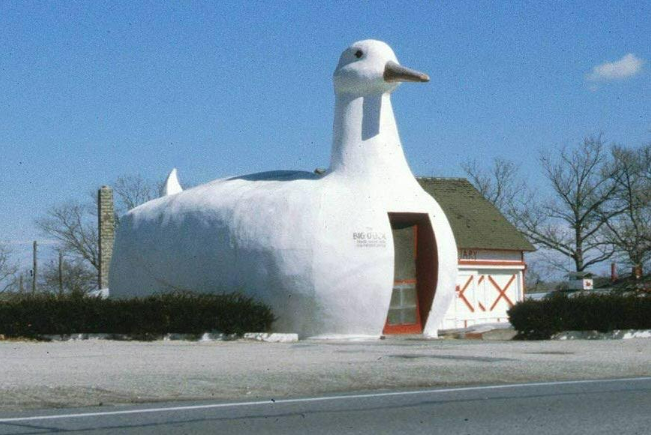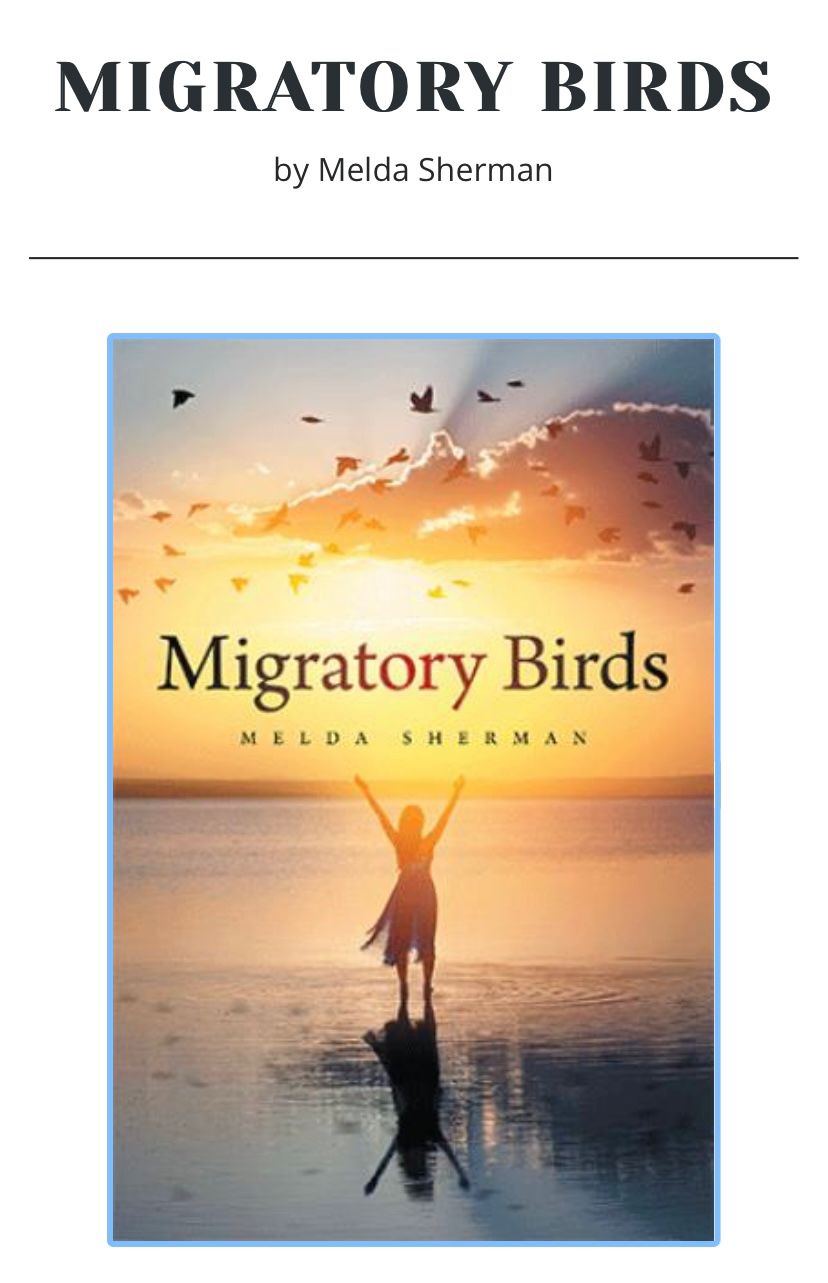
Hello everyone,
Have you ever thought about how you communicate with the city you live in? Our memories and emotions form our identity in the city where we grew up and experienced. The concrete reflection of our memories and feelings is the spaces surrounding us and the architecture composes it. Architecture is the communication between us and our life gaining dimensions with symbols. It is the lives in it that make up the identity of the city. The memories of these individuals in the city they live in form the space they experience. In this context, urban identity is formed by the architectural effects of the space that creates the characters, cultures and habits, memories, and pasts of the people living in the city.
While wandering around the streets randomly in a European city, we experience that region’s culture, character, and past from the texture, materials, designs, and motifs of the building facades. We can interpret the culture, routines, tastes, and economy of the people living in that region according to the street and building they live in.

There is direct communication and interaction between the users and the space they use. While architectural elements affect the characters and emotions of the individuals who experience them, they make sense of the space they use in individuals with their routines and cultures. The closest example to this from our culture is the symbolic meaning of the doorknob in Turkish houses in that culture. In the past, when guests come to the house, their first encounter with the inhabitants of the house is the door and knocker of that house. The house is entered by shaking hands with the house knocker. In Turkish houses, the shape of the door and the doorknob are symbols of the culture, economic level, and character of the family in the household. The guest makes the first acquaintance physically with the door. The doorknob he shakes hands with is his first handshake with the people of that house. During this handshake, the household also gets information about the identity of the guest. Ottoman houses have two knockers on the doors. While the male guest knocks the big knocker, the female guest steals the small knocker. The symbolic meaning of the doorknob is power over its form.

The concept, which is the elongated and expanded form of the corridors of the house and the increase of family members, is the city. The entrance door of the house is an element that reflects the character and culture of that city, symbolizing the concept of entering the city on a city scale. For example, every city in Italy has a gate. The motifs on this gate and the design of the gate tell us the history of that city. Therefore, this symbolic element is also a description of the character of the people of the city. In this context, we can say that the door
is a symbol rather than a form.

In today’s architecture, with the effects of the modern architectural movement, we see that the door symbol has been replaced by the signs made to guide the user in the city architecture, which has become more complex. Signs find a form to symbolize the place they want to direct. Las Vegas, the city of signage, is a place created by this symbolic movement. The Strip, the boulevard of Las Vegas, is an area where the concept symbolized by the signs goes over the architectural form. Here are some examples, signs take the form of the concepts they
symbolize. Rather than communicating through architecture, forms are created purely for communication. The biggest effect of this is to create a consumer society. While creating this space, it is aimed to code the characters and cultures of its users on consumption. For this reason, guiding forms are shaped as the concept they symbolize to direct the user to the desired place. For example, a duck-shaped building in Las Vegas is functionally used to sell ducks and eggs. The form is dominated by the confusion created by the meanings poured
directly into the form, without the effects of architectural design, in line with a symbolic purpose.

Symbolism, rather than having power over the form, is actually the symbol itself. The concept that we want to be told and experience takes shape and form with the symbolic meaning that creates it. After reading this article, I wonder what you are being guided toward and for what purpose by looking around you with this eye…
Wishing you a good spring start,
Simin Pakakar
Co-founder of Kanopi Architecture
Istanbul, Türkiye
Instagram: @kanopimimarlik
Website: https://kanopimimarlik.com/
Image References:
https://commons.wikimedia.org/wiki/File:The_Big_Duck.JPG
https://en.wikipedia.org/wiki/File:PortaRomanaSienaOutside.JPG
http://kursateroz.blogspot.com/2013/07/osmanlda-kap-tokmaklar-zamann-kap-onu.html


